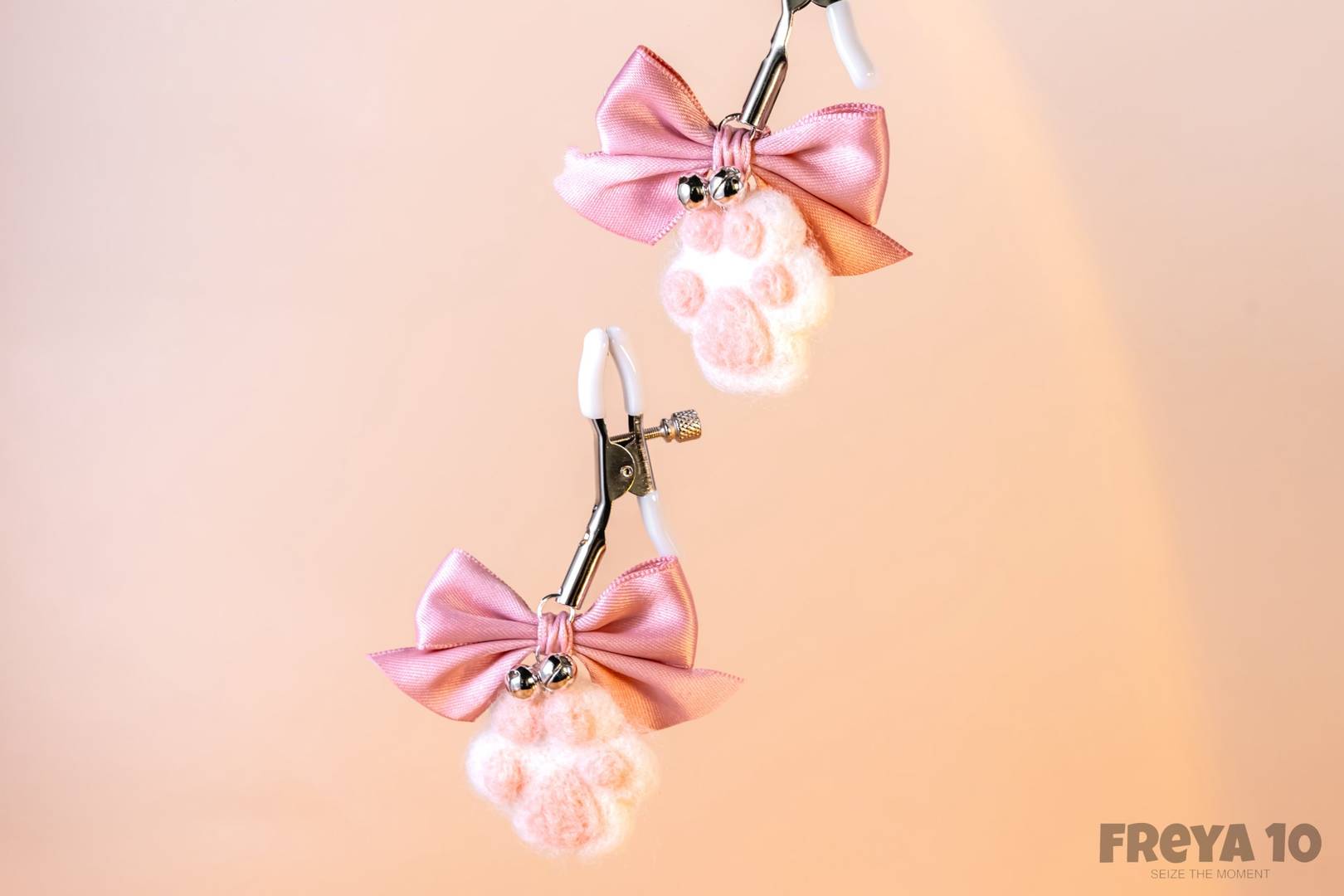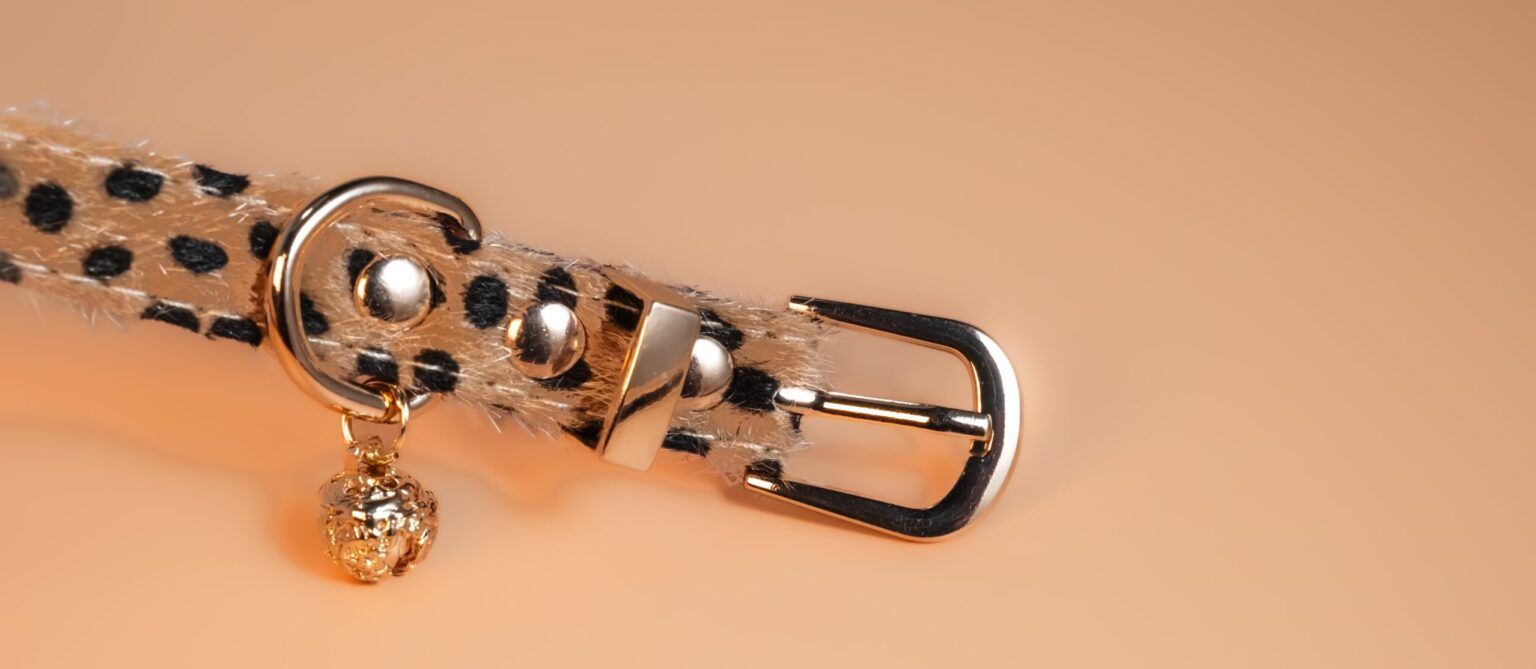
14 Dec The Seductive Charm of Cats: From Mystical Creatures to Sexual Symbols
Cats, as the darlings of modern life, are not only the “cat magnet” of our social media feeds, but they also play a surprisingly prominent role in sexual culture. From internet memes to adult literature, and even in movie characters, the image of the cat is infused with sensuality, mystery, and a hint of playful allure. So, why do cats keep appearing in sexual culture? The answer is simple: they are not just physical “symbols of sex appeal,” but also “mysterious guides” in the realm of desire.
1. Cats: The “Masters of Temptation”
Cats’ graceful movements and delicate gestures naturally carry a touch of seduction. Picture this: a cat stretching its body, flexing in a languid, almost hypnotic pose. It’s like they’re saying, “I know how irresistible I am.” This subtle “unintentional temptation” makes cats synonymous with gender allure and ambiguous sexual attraction. In modern sexual culture, cats are often portrayed as “masters of seduction.” They seem to effortlessly exist on the edge of reason and desire, drawing people in while keeping them at arm’s length.
This subtle allure is especially evident in internet culture. We often see funny videos where cats “seductively” interact with their owners, giving them an almost coy glance or playful nudge. These videos, though humorous, unintentionally amplify the “gendered” qualities of cats—they seem to control the situation with their eyes, movements, and poses, making people feel as though they are being “caught in their gaze.”
2. The “Catwoman” Phenomenon: The Perfect Blend of Sensuality and Power
Cats‘ prominence in sexual culture, especially in female depictions, cannot be separated from the iconic figure of “Catwoman.” First introduced in the 1960s in Batman comics, Catwoman wasn’t just a villain; she was a symbol of sensuality and intelligence. Dressed in a skintight suit, she was both agile and dangerous, embodying the essence of “the hunter.” For many, Catwoman wasn’t merely a comic book character, but an embodiment of feminine power and sexual charm.
In modern film and pop culture, the Catwoman image has been constantly reimagined, showcasing a more diverse representation of seductive power. Whether in movies or internet memes, the “cat girl” persona is always tied to mystery, cunning, and an irresistible aura. They are sensual yet independent, enjoying the thrill of being pursued while skillfully controlling the dynamics of emotional and physical attraction.
3. “Meow” and “Desire”: A Collision of Animal Instinct and Human Want
The symbolism of cats in sexual culture isn’t just about their external allure; it also reflects a deeper connection to human instincts. The mating behavior of cats—particularly the infamous “yowling” during mating season—has long been associated with raw sexual desire. Cats’ blatant display of their instincts unknowingly mirrors our own cravings, impulses, and untamed urges when it comes to sex and relationships.
In modern society, we may no longer focus on the reproductive cycles of animals, but cats remain a symbol of uninhibited desire. Whether it’s the cat’s insatiable search for a mate or its vocalizations of sexual readiness, cats subtly remind us of our own primal drives. It’s not just about the “meow”—it’s about a natural, unrestrained expression of desire that connects us to our own animal instincts. The feline essence of “self-assurance,” “independence,” and “playful pursuit” often parallels how we experience romantic and sexual relationships.
4. Anthropomorphized Cats: From “Kitten” to “Sexy Cat”
Cats are frequently anthropomorphized, which only amplifies their role in sexual culture. Take “catgirls,” for example: cute, playful, and sometimes a little flirtatious, they are portrayed with a mix of innocence and charm. On social media, cats are no longer just pets—they are personality-packed mini-celebrities with their own fanbases and followers. These anthropomorphized cats often embody “sexy” qualities: from their “cute” kitten-like personas to the “cat ears” in adult content, the feline image remains inextricably tied to sensuality.
The transformation of cats into these highly stylized characters—whether it’s in cartoon form or as playful “cat ears” in pop culture—speaks to their flexibility as symbols of allure. Cats, with their self-assuredness, mystery, and occasional haughty indifference, have come to represent an idealized sexual and gendered identity. Their every “meow,” flirtatious rub, and coy purr adds to their symbolic weight, positioning them as both powerful and seductive.
5. Conclusion: The Centuries-Old Dance Between Cats and Human Desire
Ultimately, the reason cats have such a prominent place in sexual culture is because they encapsulate a unique blend of independence and seduction. Cats aren’t just pets; they are icons of attraction, mystique, and desire. Whether it’s the iconic “Catwoman” or the viral appeal of “meow” videos online, the cat is deeply embedded in sexual culture as a symbol of longing, attraction, and the balance of power. They are reminders of the natural forces of desire—untamed, unapologetic, and often irresistibly charming. And it all starts with that soft, seductive “meow.”




No Comments